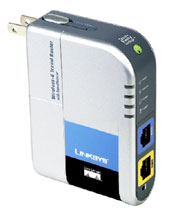A customer using Symantec Mail Security for Microsoft Exchange 4.6 needed to release an e-mail that was thought to be in the quarantine along with 2500 other items. When the customer checked the quarantine, the page displayed a heading of 1000 of 2500. There were no other links to click on to see page 2 or all items. After other searching, I understood that Symantec is set to only show 1000 items in quarantine, but I could not find a way to change this setting. Since this was an html based application, I saw that the source page was an .asp file. Commenting out the following code will always list the entire quarantined items. [more]
File: D:\Program Files\Symantec\SMSMSE\4.6\Server\ROOT\Quarantine.asp
*** This is where the Maximum display value is coming in.. = 1000
dwMaxDisplay = objSMSMSEGUI.GetQuarantineValue("",QUARANTINE_DISPLAY_LIMIT_ID_STR,RetVal)
*** Comment these lines here as shown with //
//if NumItemsInQuarantine > dwMaxDisplay then
// dwDisplayCount = dwMaxDisplay
//else
dwDisplayCount = NumItemsInQuarantine
//end if
*** This is the code part of the code that shows the items in quarantine
' loop through the items up until the maximum display or the total items whichever is larger
for i = 0 to dwDisplayCount - 1

